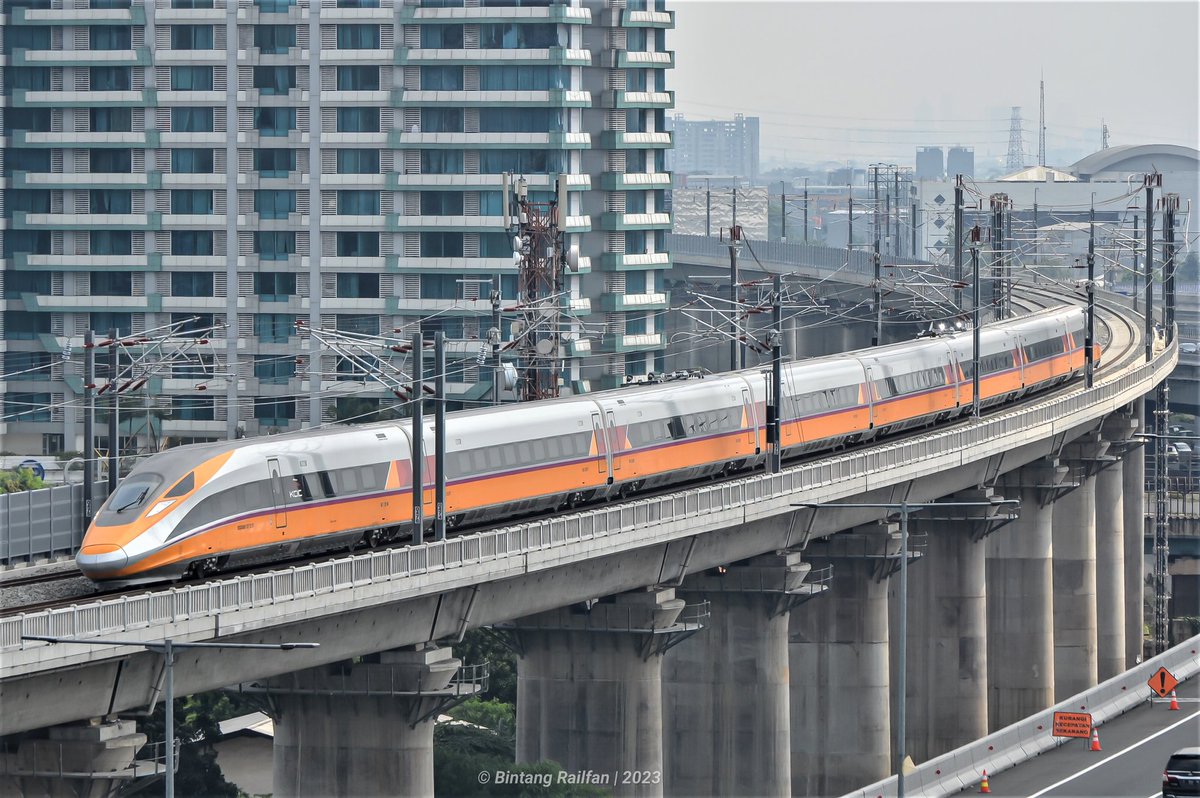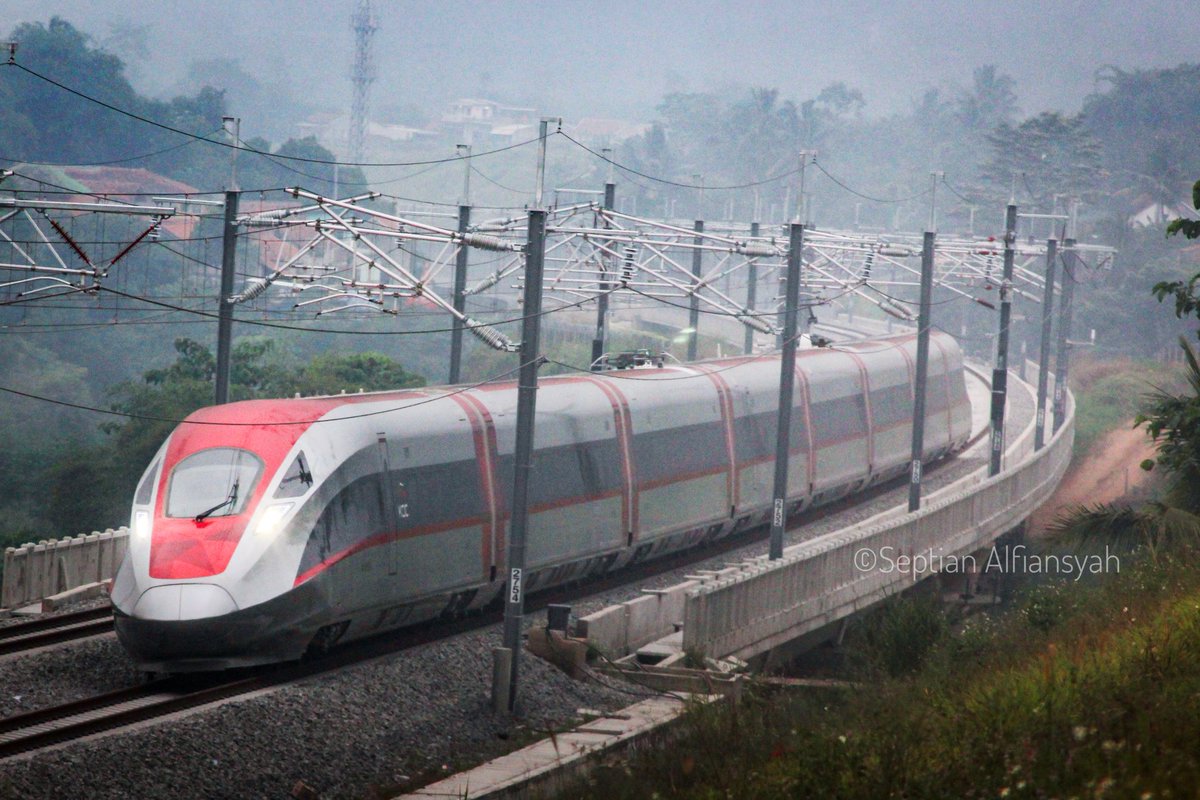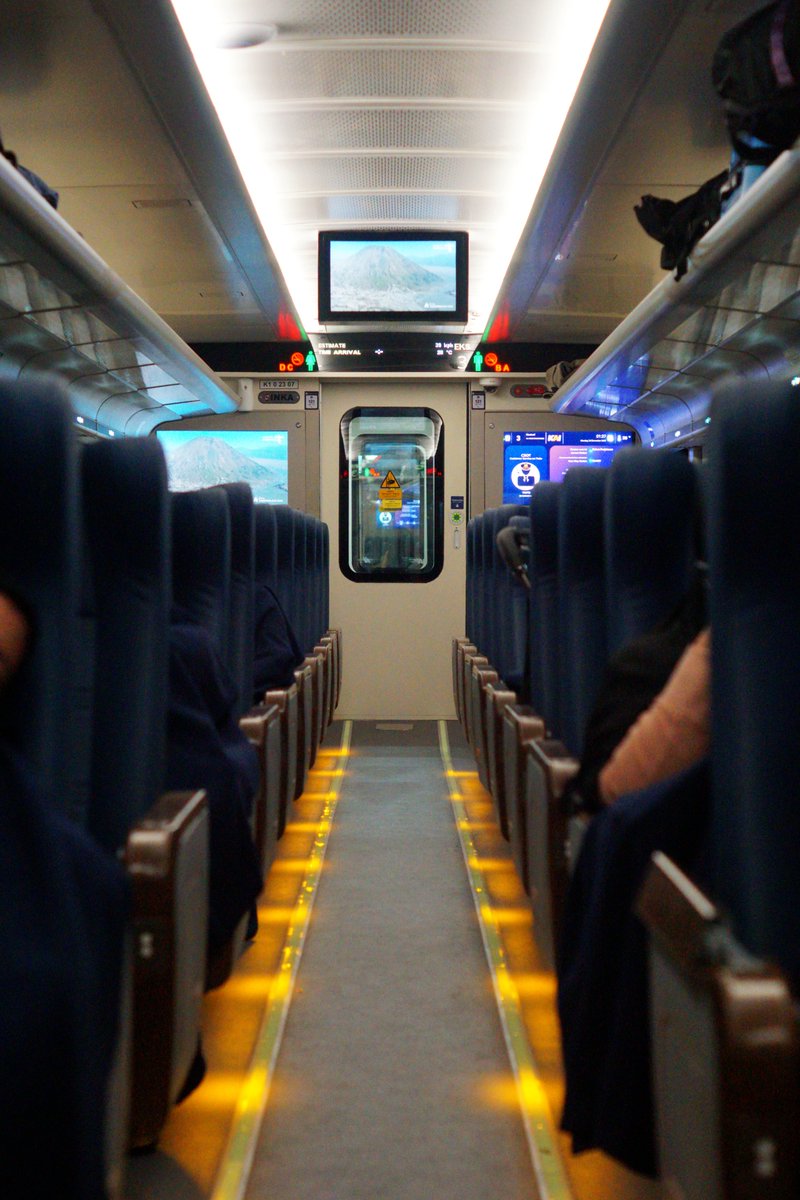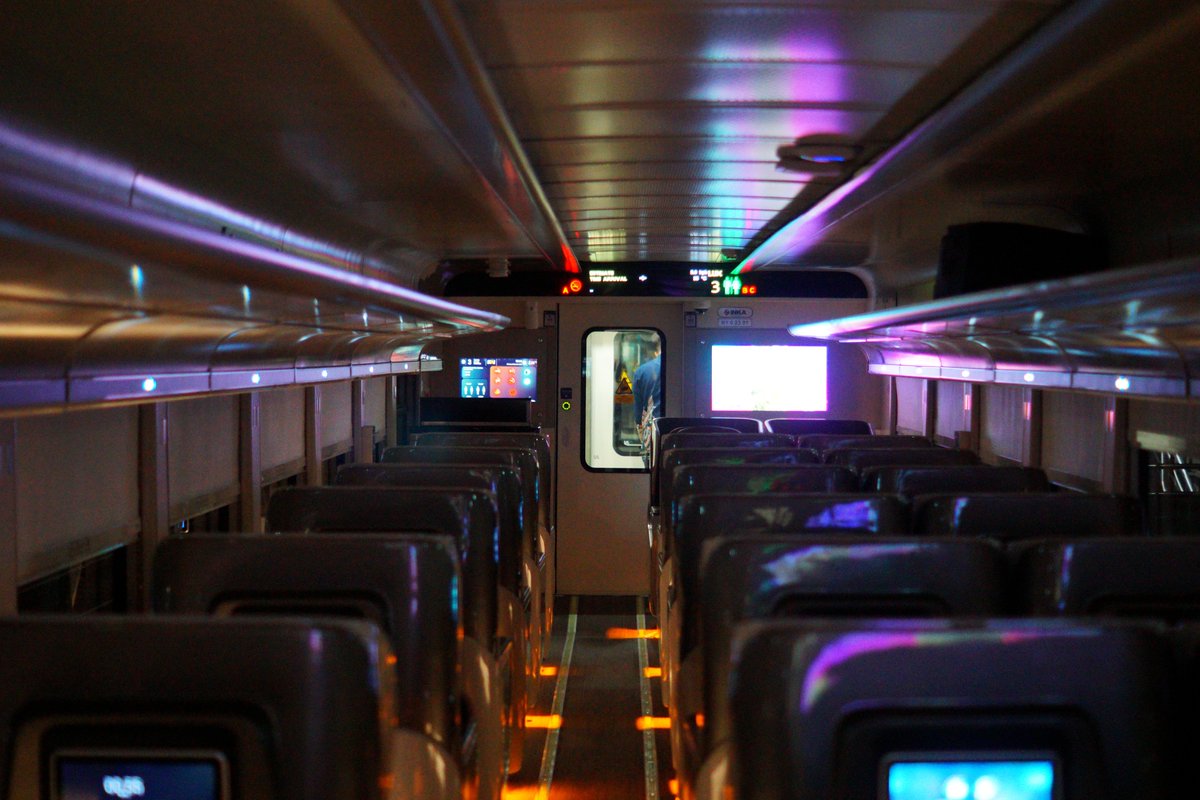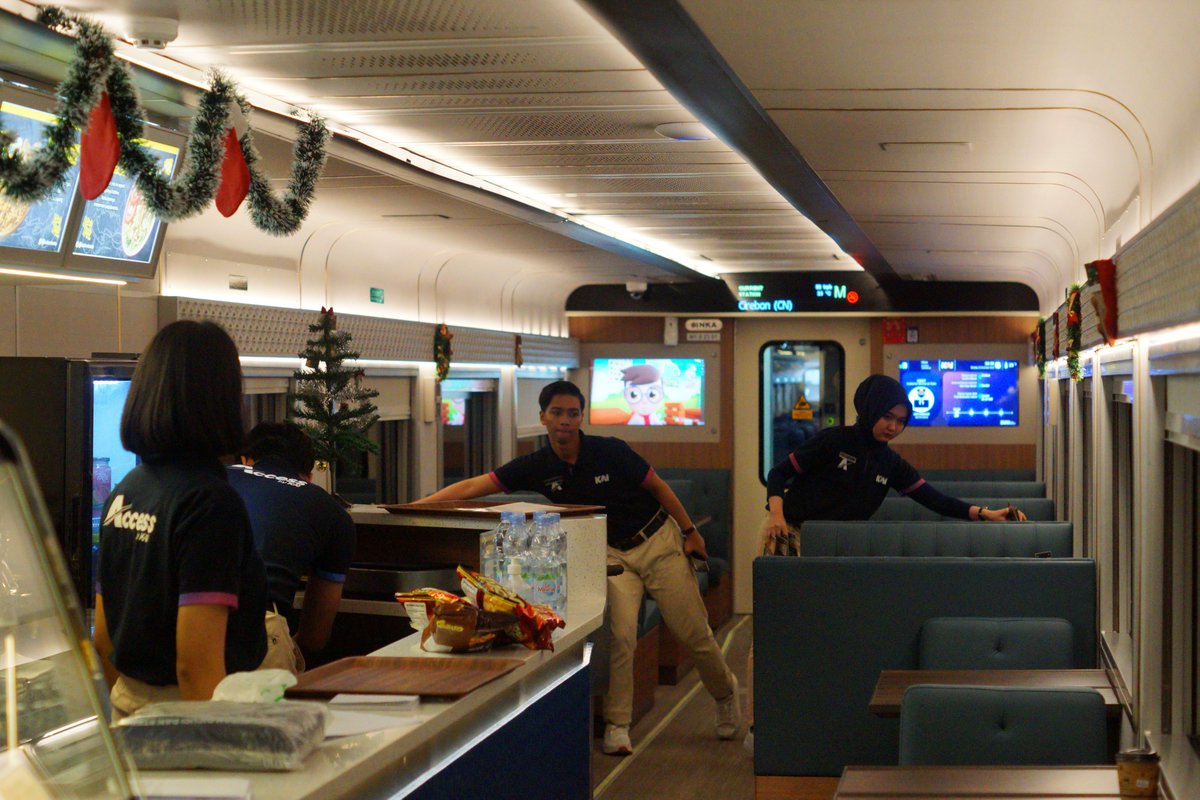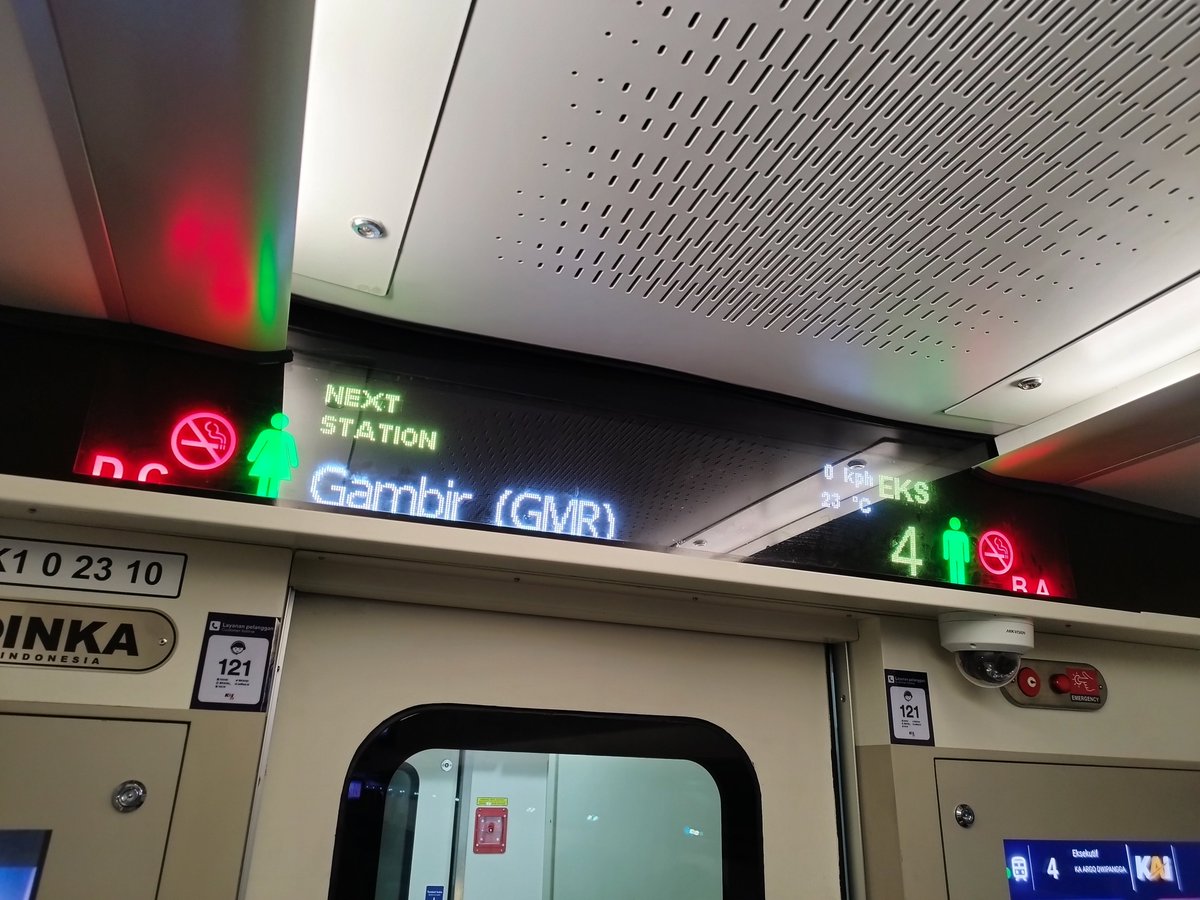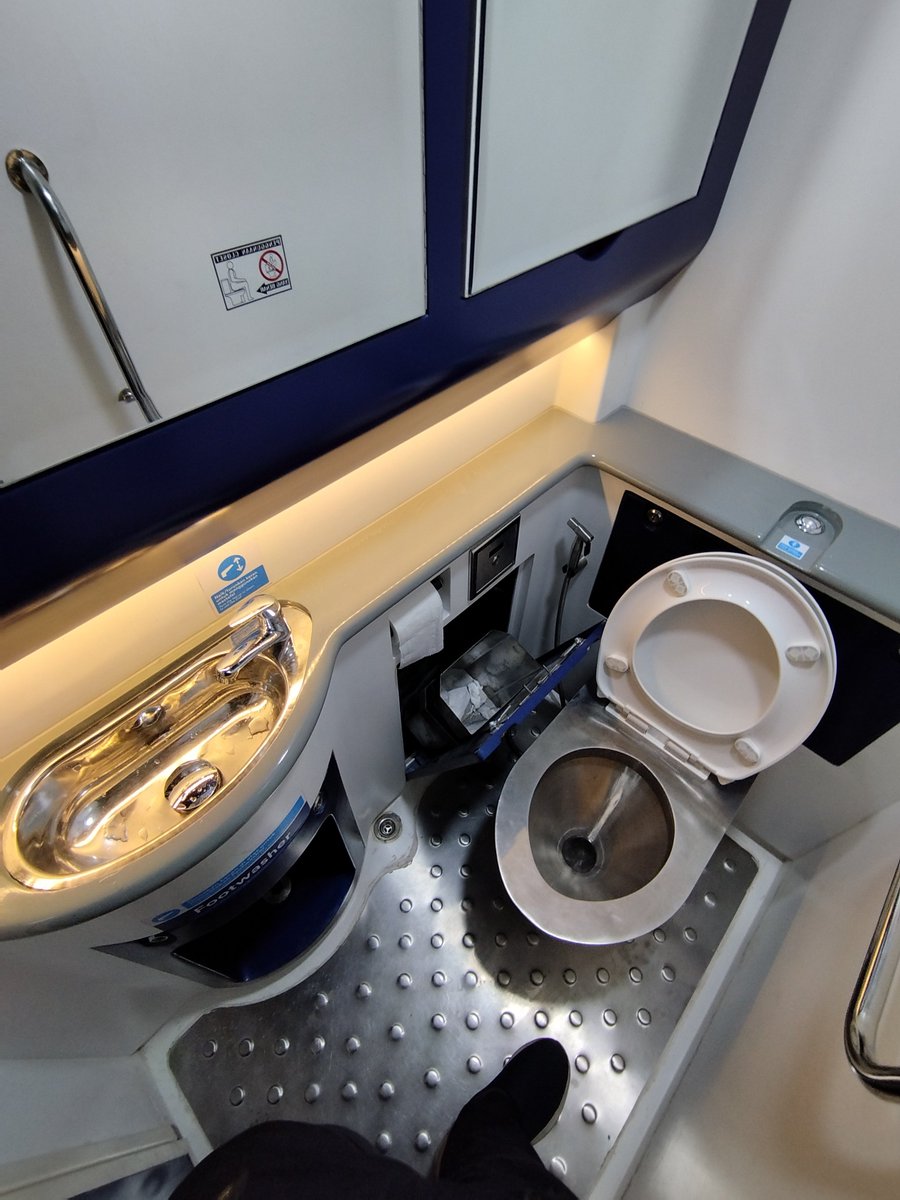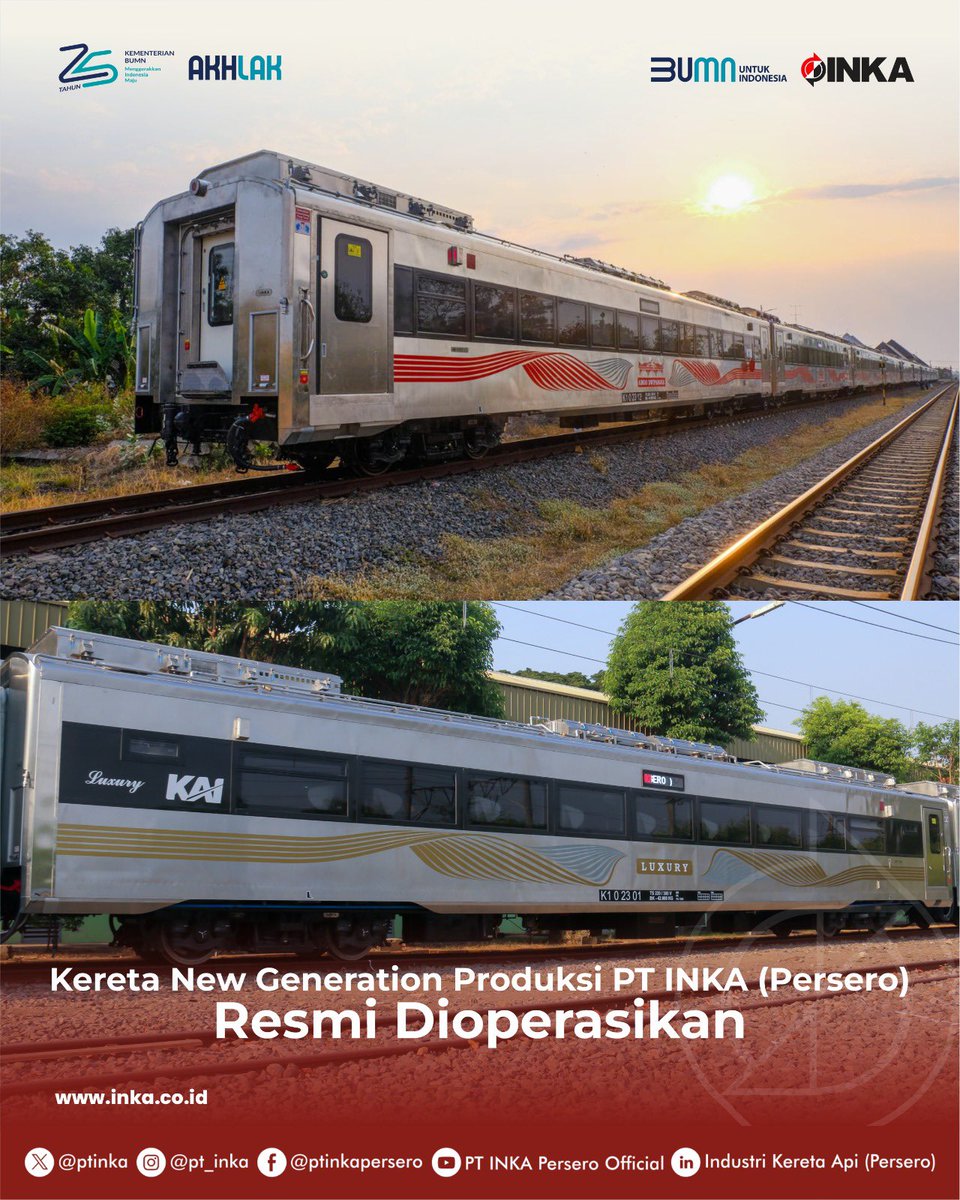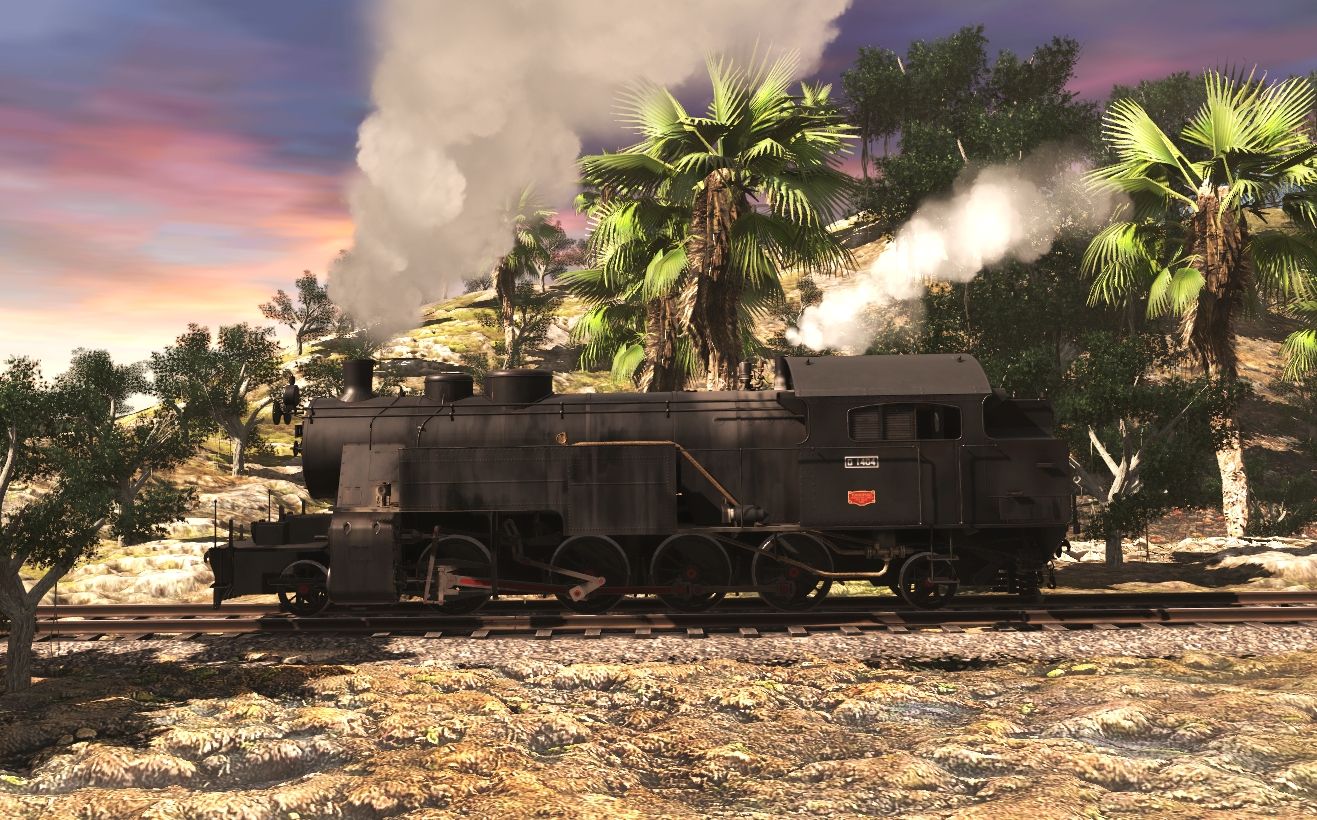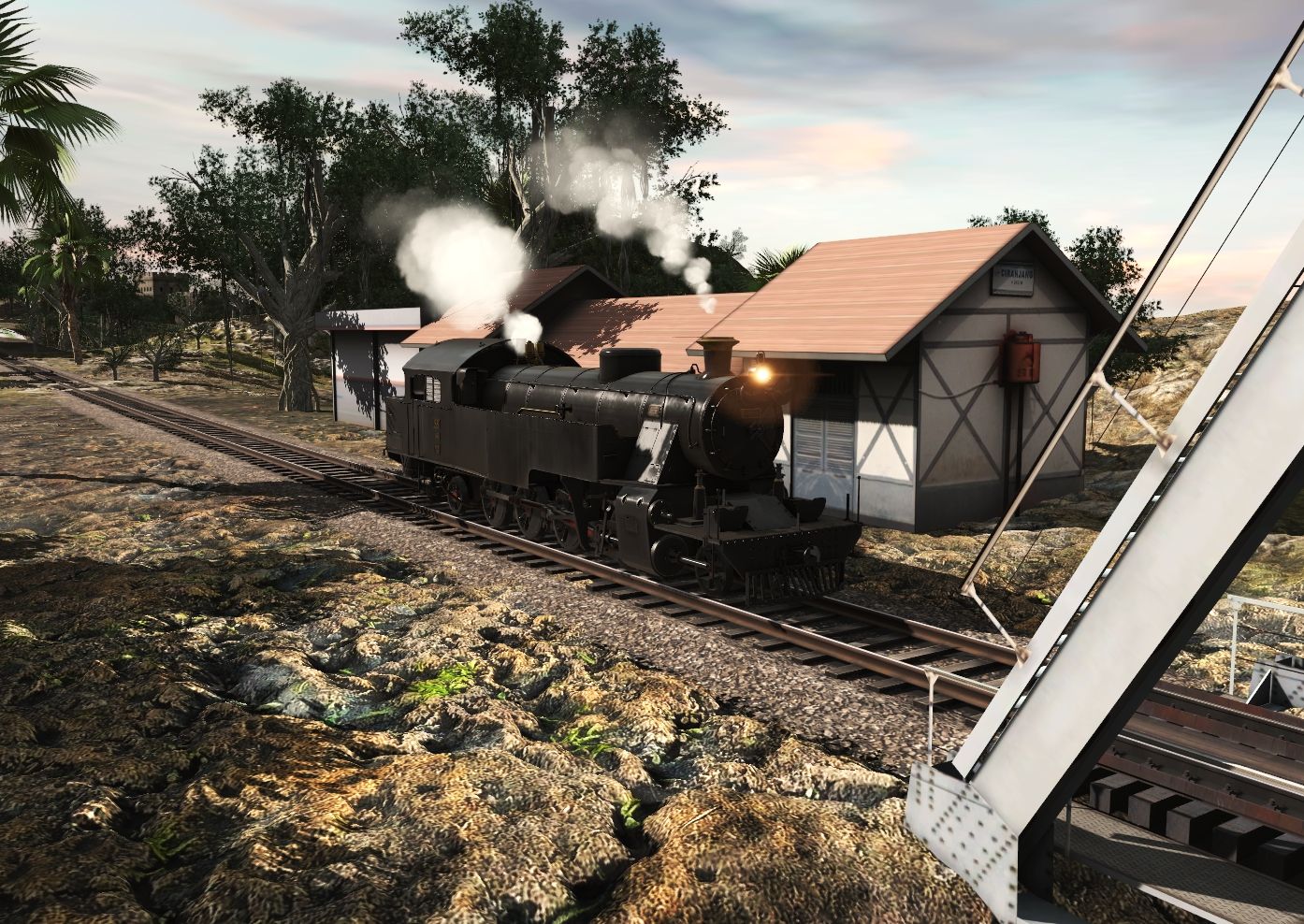[THE NEW ERA OF LONG-DISTANCE TRAIN HAS ARRIVED]
Starting from mid-December, Indonesian Railways started to operate newly-built stainless steel coaches, which began to be constructed by INKA at their Madiun workshops from October 2023. Compared to the previous generation (2018 and 2019-built stainless steel coaches), they featured vast number of major improvements :
1. Introduction of safer gangway connection, like those used by DEMU and EMUs built by INKA
2. Usage of new seat moquette on both Executive and Luxury coaches (possibly also on Economy class, if they began to appear next year)
3. Employment of newly-designed PIDS, with the same design with the ones used by KCIC400AF series EMU of Jakarta-Bandung Hi-speed Railway but having full-color LED unit (possibly)
4. Complete redesign of interior to increase its attractivity within passengers, including the interior lighting and air duct
5. Reintroduction of button-operated automatic door to increase safety and comfort
6. Improvement of noise insulation for increasing comfort, even if the train speeds up to 120km/h
7. Outdoor unit for air conditioner is installed with the traditional configuration (above the bogie), while water tank is installed on the centermost position (as opposed to 2018 and 2019-built coaches, which has outdoor unit placed on the center part of roof)
Here are the interior of each cars (all photos are courtesy of Mr. Ikko Haidar) :
1. Executive class
2. Luxury class
3. Dining car
4. Close-up look to one of the seat in Executive class
5. PIDS equipment (note that the toilet is divided to men and women-only)
6. Lavatory (WC), which is also equipped with foot washer
7. Automatic door with electrically-operated mechanism (instead of pneumatic ones)
And this is the exterior photo of these brand new coaches (in this case the ones used by Argo Dwipangga and Argo Lawu), officially published by PT. INKA as its manufacturer :
Note that first batch of these coaches are allocated to specific trains, hence they adorned different color design for each trainsets. However, there is a possibility that ordinary trainsets (which are not specifically allocated to a train) would also appear in the near time.


